Innovative Fish Processing Techniques to Preserve Flavor and Nutrition
By. Najih - 25 Sep 2024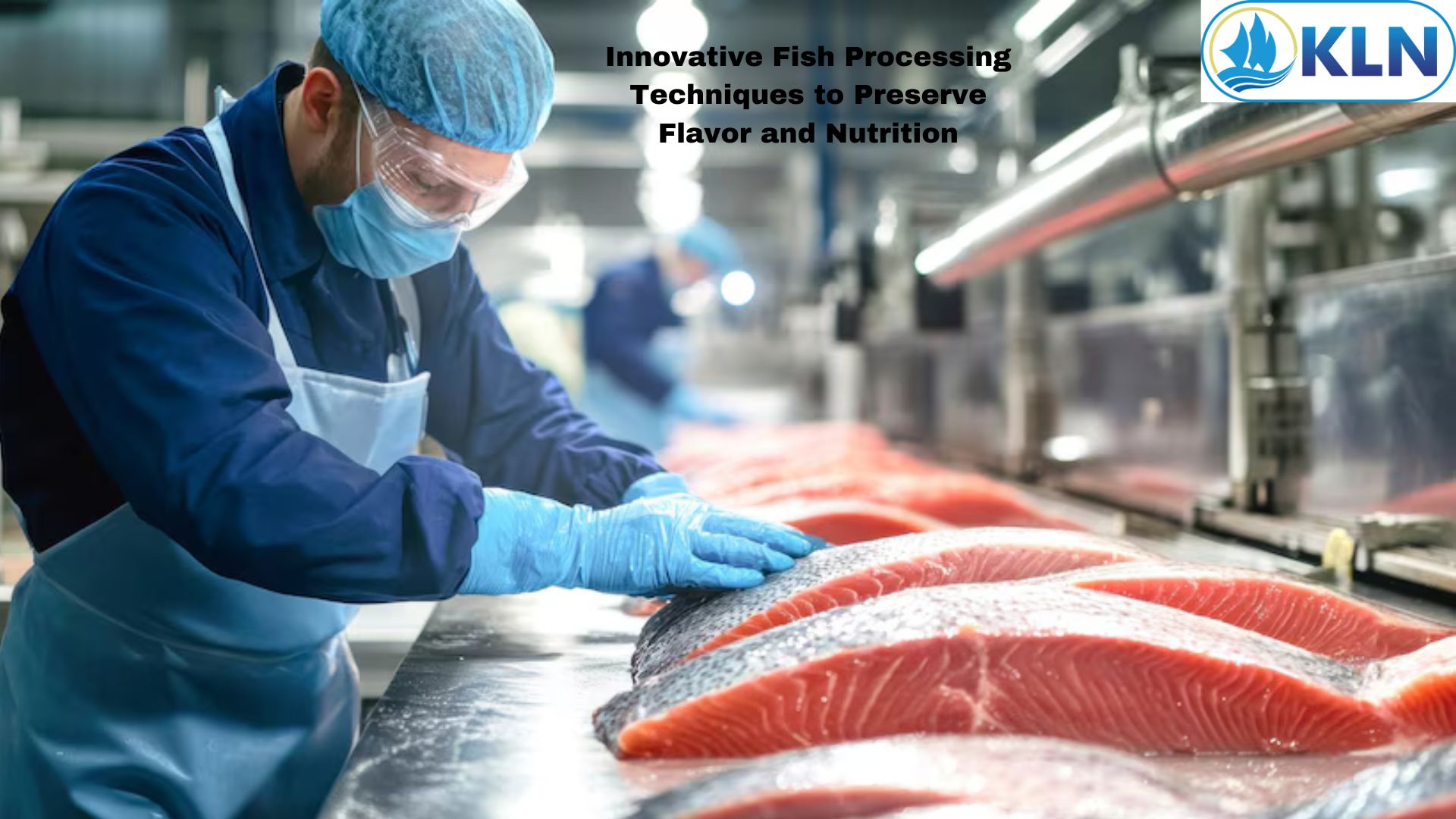
The seafood industry is continually evolving, with innovative fish processing techniques designed to preserve flavor and maximize nutritional value. These advancements not only enhance the quality of fish products but also contribute to sustainability and food safety. Understanding these techniques can help consumers make informed choices about the seafood they consume.
Advances in Fish Processing
1. Cold Processing
Cold processing is a technique that involves minimal heat application during fish preparation. This method helps retain essential nutrients and natural flavors. Techniques such as cold smoking and raw marination are popular in gourmet seafood markets, where freshness and taste are paramount. Cold processing not only preserves omega-3 fatty acids and vitamins but also ensures that the fish retains its delicate texture and aroma.
2. High-Pressure Processing (HPP)
High-pressure processing (HPP) is a modern technique that uses extreme pressure to eliminate harmful bacteria without cooking the fish. This method extends the shelf life of fish products while preserving their natural taste and nutritional content. HPP-treated fish maintains its fresh texture and flavor, making it an attractive option for health-conscious consumers. Additionally, this technique significantly reduces the need for preservatives, further enhancing the product's quality.
3. Freeze-Drying
Freeze-drying removes moisture from fish while retaining its structure, flavor, and nutrients. This method results in lightweight, shelf-stable products that can be easily rehydrated. Freeze-dried fish is particularly ideal for outdoor activities and emergency food supplies, offering convenience without sacrificing quality. The process preserves the natural taste and nutritional benefits, making it a popular choice among hikers and campers.
Nutritional Benefits
Innovative processing techniques enhance the nutritional profile of fish. For instance, methods like vacuum sealing can preserve essential fatty acids and vitamins, ensuring that consumers receive maximum health benefits. Furthermore, utilizing sustainable fishing practices alongside these techniques ensures that fish products are not only nutritious but also environmentally friendly, addressing consumer concerns about sustainability.
Flavor Preservation
Preserving the natural flavor of fish is crucial for culinary applications. Techniques like marinating with natural ingredients or using dry rubs before processing enhance taste without compromising health. Innovative packaging solutions, such as modified atmosphere packaging (MAP), also help maintain freshness and flavor during storage and transport. These technologies ensure that consumers receive high-quality seafood products that are both delicious and nutritious.
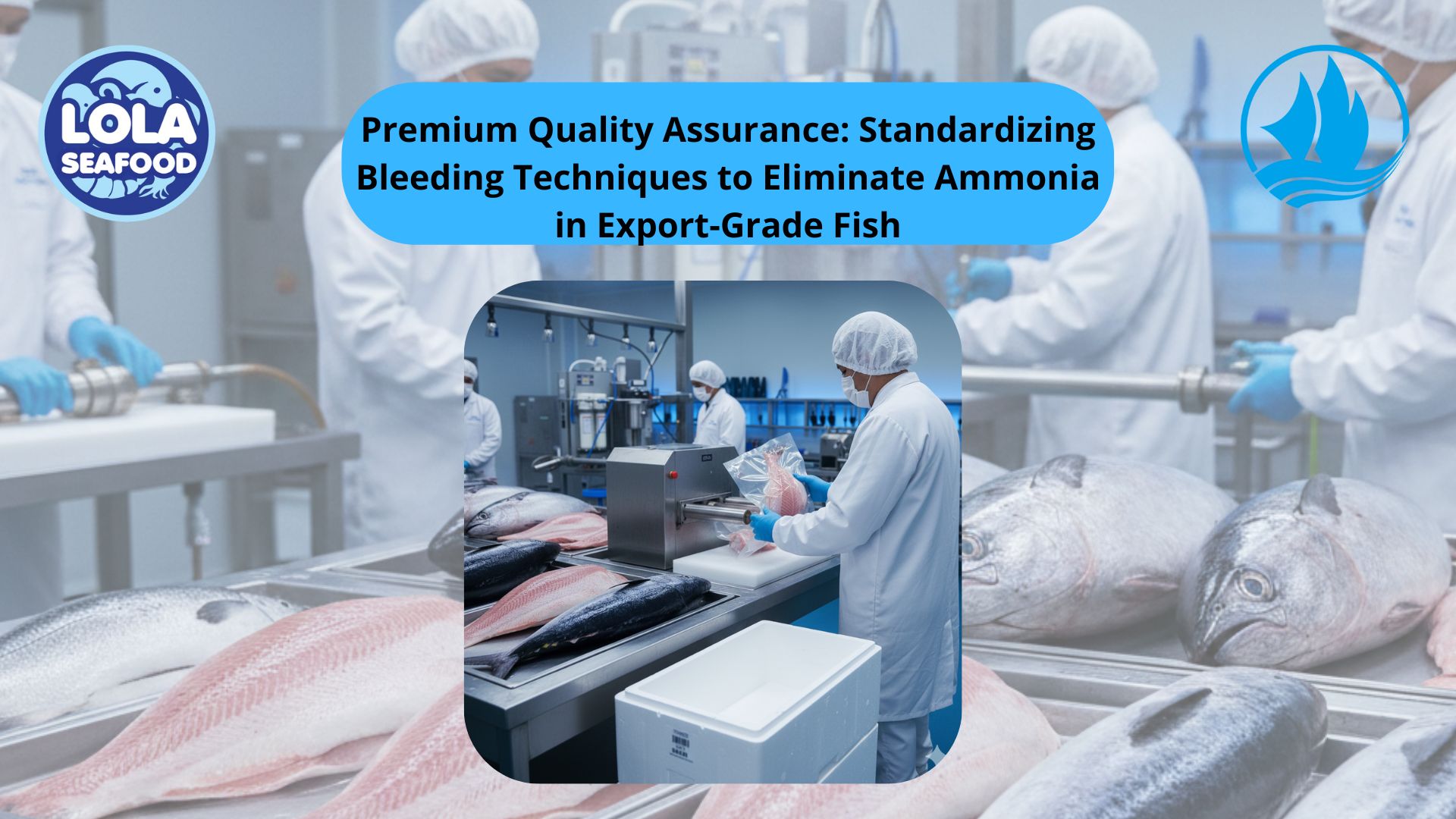
Premium Quality Assurance: Standardizing Bleeding Techniques to Eliminate Ammonia in Export-Grade Fish

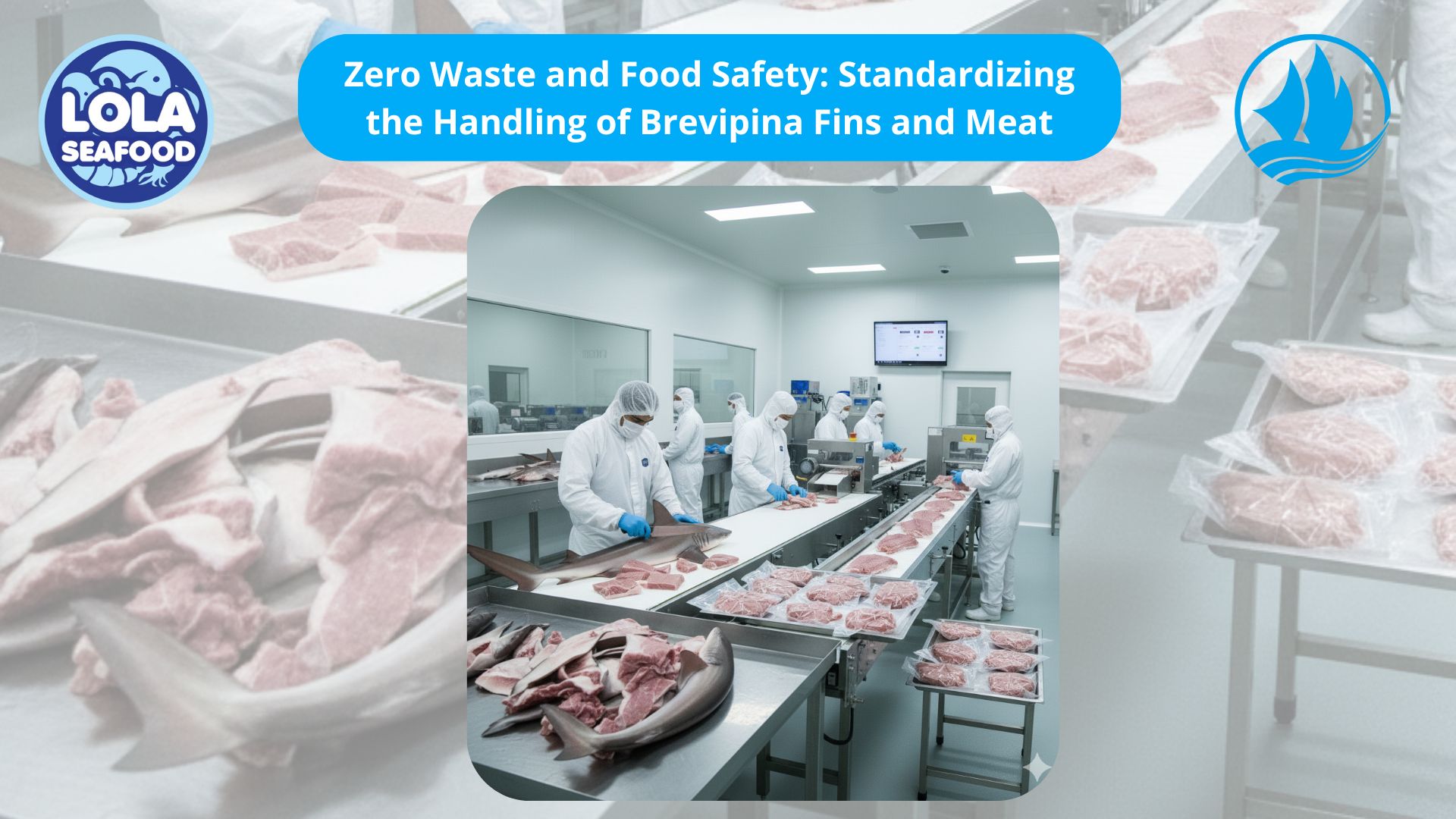
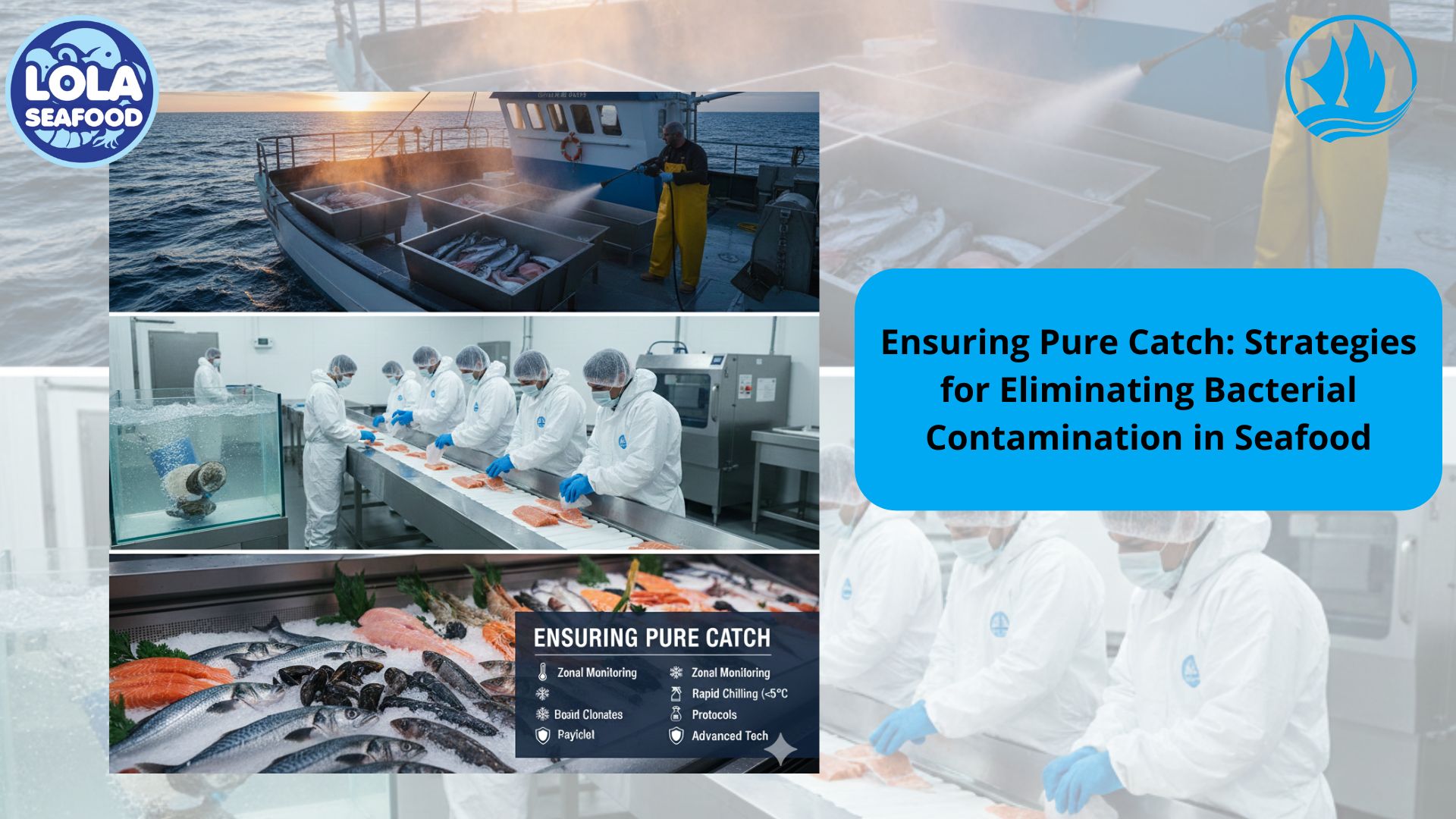
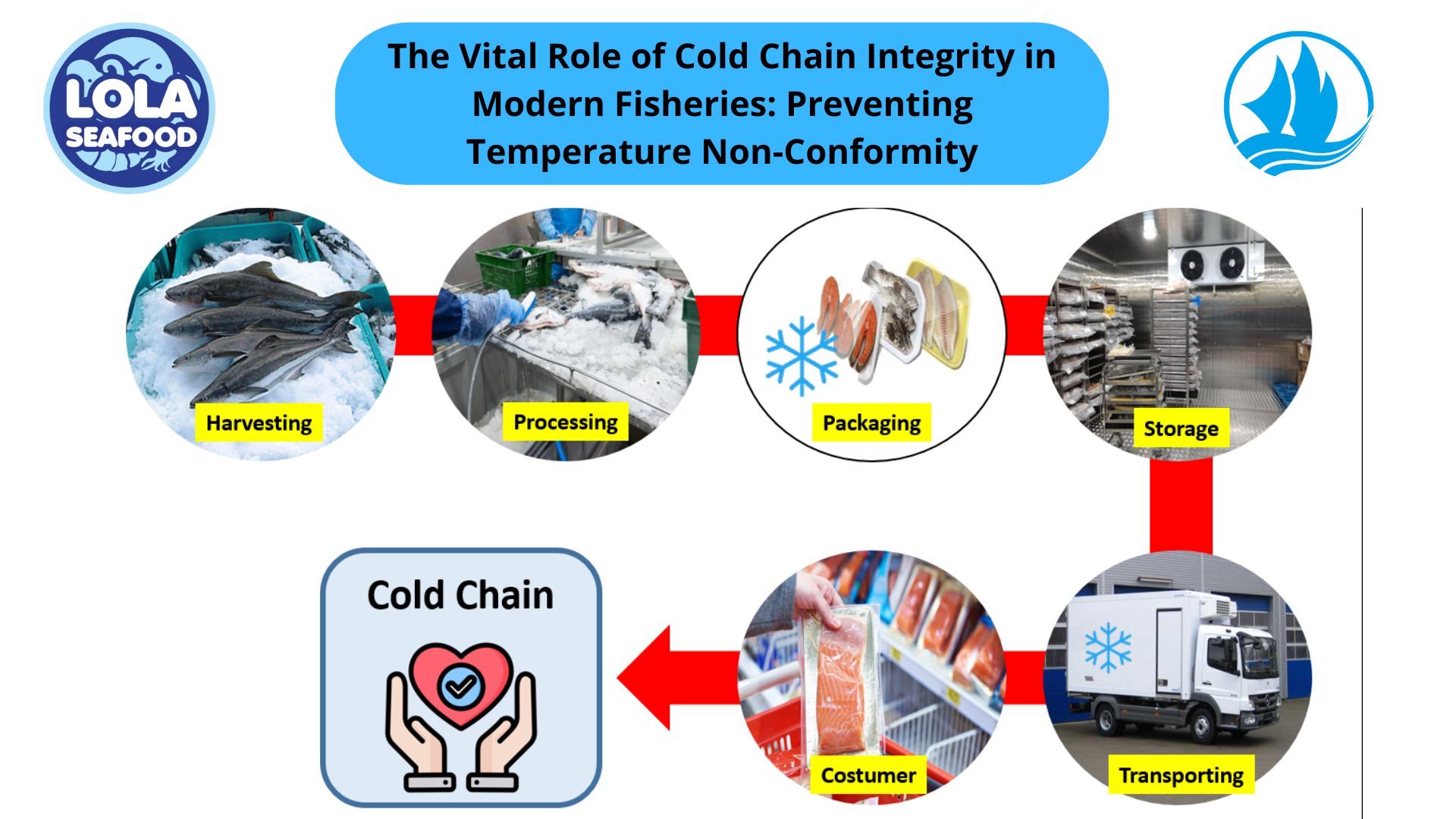
.jpg)

.jpg)
 and Employee Productivity on the Demersal Fish Processing Floor.jpg)